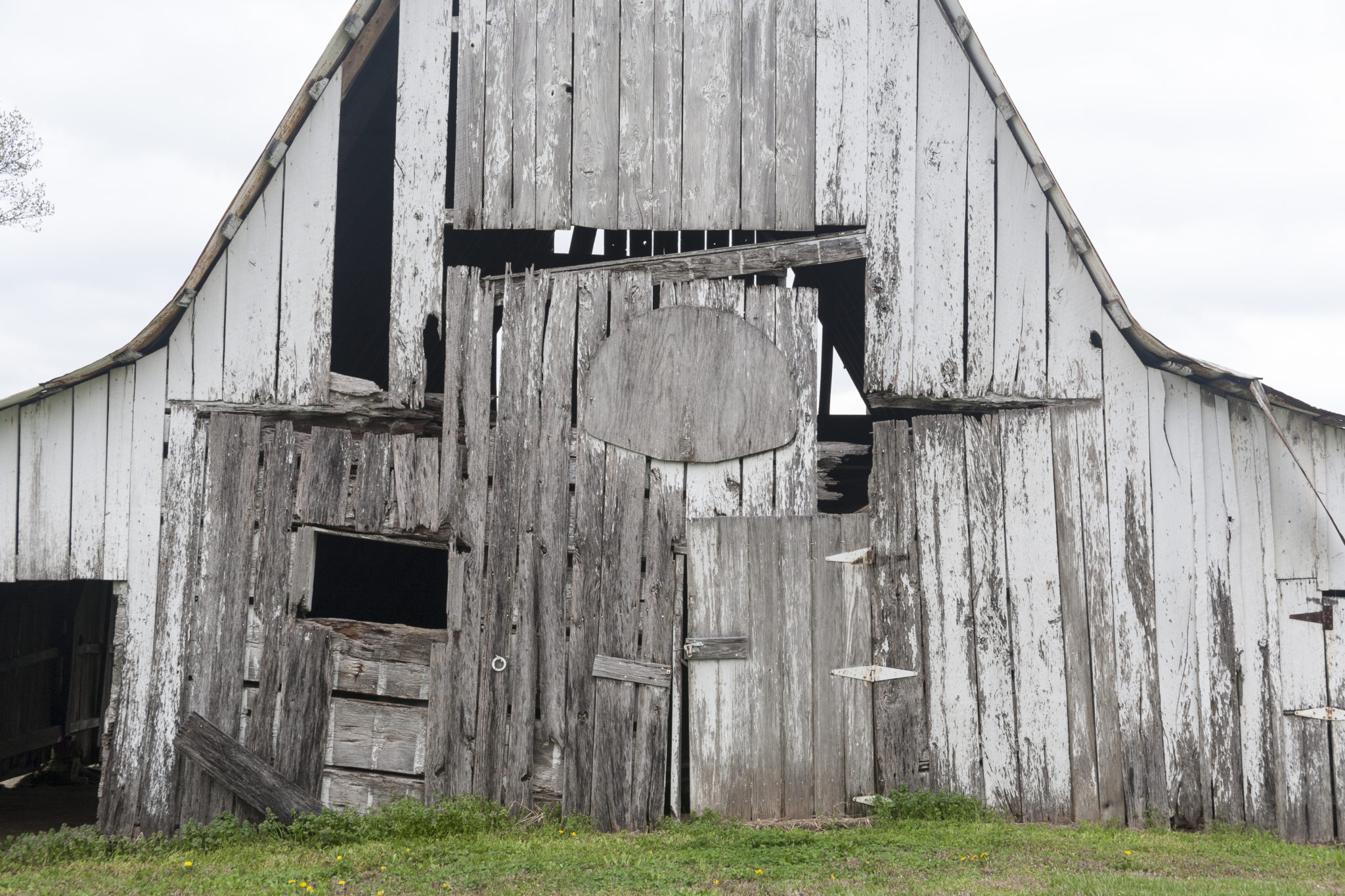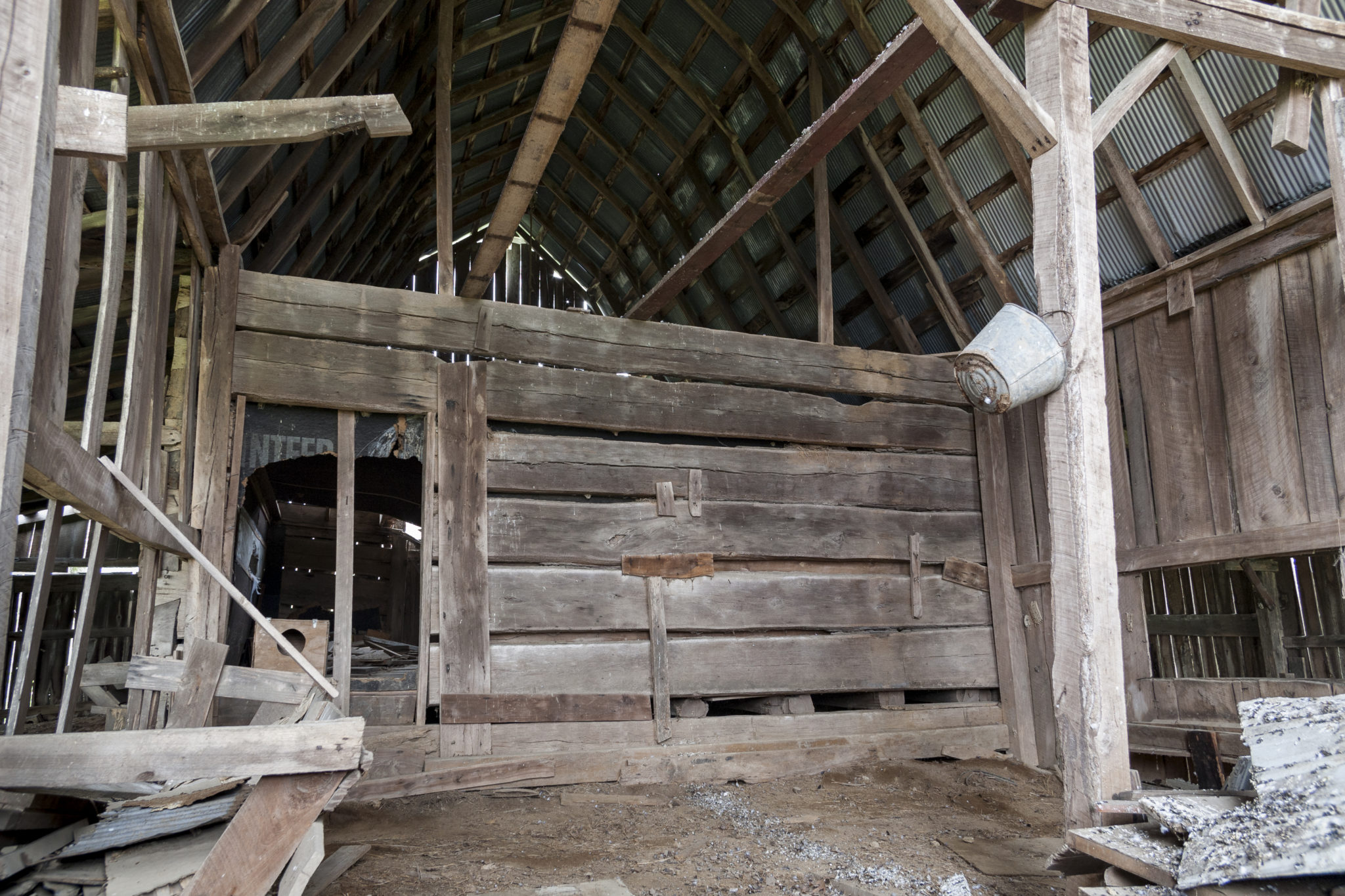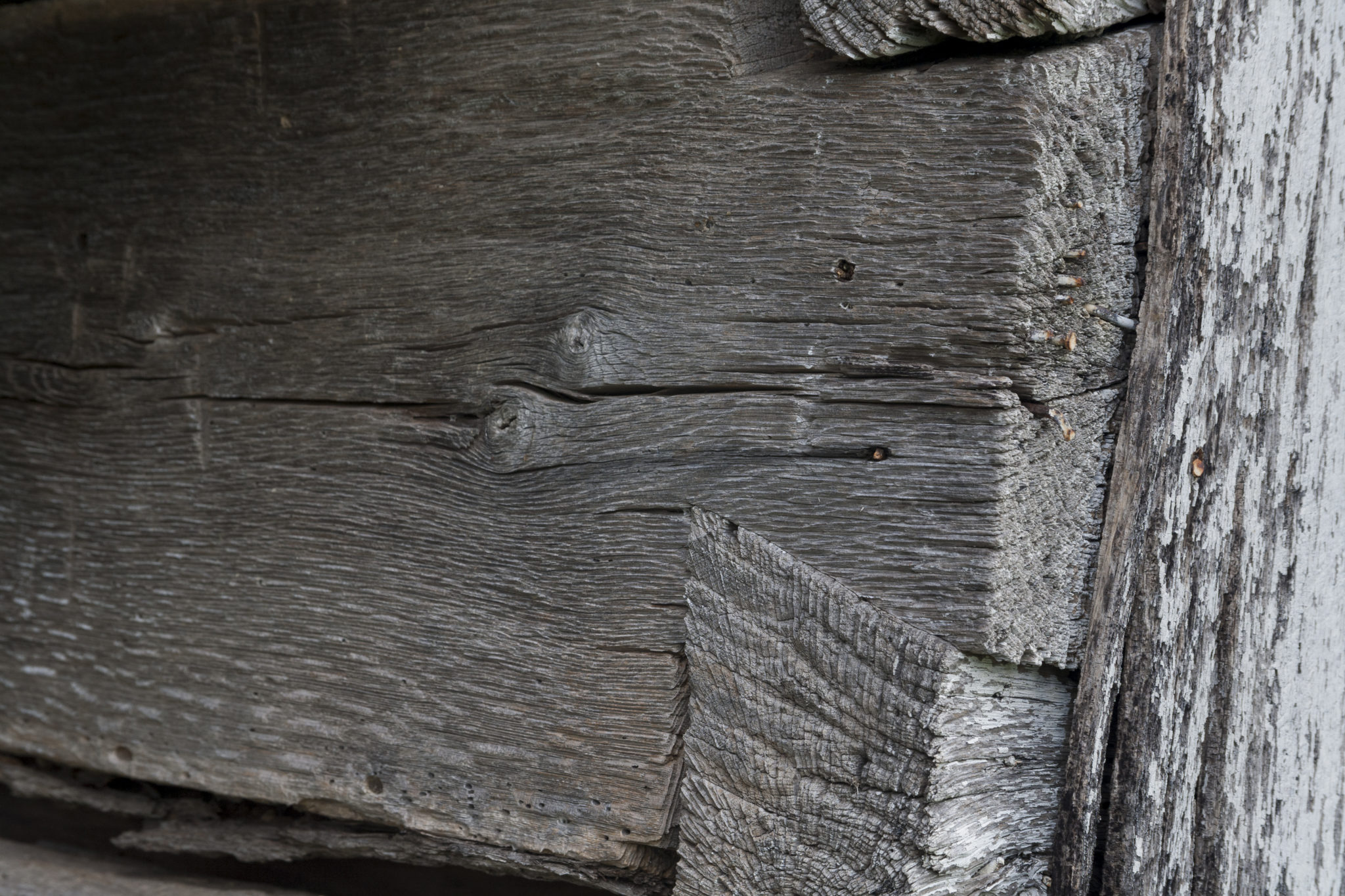Preservation Efforts
Since the listing, the Illinois Trail of Tears Association, in conjunction with Landmarks Illinois, the Johnson County Historical Society and the State Historic Preservation Office, has worked diligently to protect the encampment and elevate the story of the Trail of Tears Encampment at Bridges Tavern. In December 2006, thanks to a letter-writing campaign and public meetings organized by the Illinois Trail of Tears Chapter—as well as publicity from the Most Endangered listing—the State of Illinois conferred official historic highway status to Route 146, recognizing it as “a route of the Trail of Tears.”
Equally significantly, the old Bridges property was sold to a new, preservation-minded owner who has supported a number of critical historic activities and educational programs on the site. The Middle Tennessee State University Center for Historic Preservation prepared an exhaustive Historic Structure Report in 2015, providing numerous recommendations for future preservation of the wayside store. The new owner has also allowed Southern Illinois University to conduct archaeological work on the site. In 2017, the John Bridges Tavern and Store Site was officially added to the National Register of Historic Places, ensuring that this difficult but important site remains protected for generations to come.
The Wayside Store, however, is still in danger. The 1940s frame barn encasing the remains is deteriorating and, if the barn collapses completely, it could severely damage the historic structure. Additionally, the rough state of the barn exposes the logs on the west side of the Wayside Store to wind and rain. Given the deteriorated state of the barn at present, preservationists and archaeologists are hopeful that a long-term preservation solution can be identified for the Wayside Store. As of early 2019, a long-term solution to protect the above-ground resources is still to be decided upon.
(Photo credit: Liz Chilsen)




